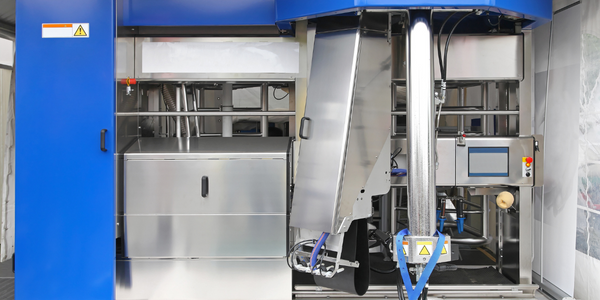Customer Company Size
Mid-size Company
Region
- America
Country
- United States
Product
- Agworld
Tech Stack
- NDVI Imagery
- Digital Record Keeping
Implementation Scale
- Enterprise-wide Deployment
Impact Metrics
- Productivity Improvements
- Cost Savings
Technology Category
- Platform as a Service (PaaS) - Data Management Platforms
- Analytics & Modeling - Real Time Analytics
Applicable Industries
- Agriculture
Applicable Functions
- Logistics & Transportation
- Quality Assurance
Use Cases
- Farm Monitoring & Precision Farming
- Predictive Maintenance
Services
- Data Science Services
About The Customer
Ben VanDyke is a third-generation farmer in Yamhill, Oregon. After taking over from his father and uncle in the early 2000’s, Ben now runs the family operation comprising several thousand acres of land of which 20% is irrigated. The farm used to only produce grass seed until Ben introduced blueberries in 2009 and added hazelnuts in 2015. The farm is located in a valley surrounded by vineyards, which can cause friction when grapevines get damaged by phenoxy drift or when certain pesticides drift onto their vineyards. VanDyke Farms is often blamed for such incidents due to their close proximity.
The Challenge
Ben VanDyke of VanDyke Farms needed a better way to track his input applications for certification purposes when he started to grow food crops next to his existing grass seed operation. The farm is surrounded by sensitive crops, which necessitates a high degree of caution when spraying and accurate input application tracking to prevent spray drift from occurring. The farm is often blamed for herbicide drift, even when they are certain it wasn't them. This necessitates having legal proof in case of an investigation. The farm also needed to create reports for GAP and other certification, which became important with the introduction of blueberries and hazelnuts.
The Solution
VanDyke Farms subscribed to Valley Agronomics' Platinum Precision Subscription with Agworld at the heart of it. Agworld helped them fulfill all their record keeping and application tracking needs, while the NDVI imagery component helped them with applying growth regulators on their grass seed. The farm uses Agworld daily, which makes it easy to have a quick look at the latest NDVI image whenever they want to. As soon as they see some problem spots on the imagery in Agworld, they can go into the field and try to figure out what the problem is. They also record every single detail from their input applications in Agworld, from the exact weather conditions to nozzle type, boom-height and all the other information that is available.
Operational Impact

Case Study missing?
Start adding your own!
Register with your work email and create a new case study profile for your business.
Related Case Studies.
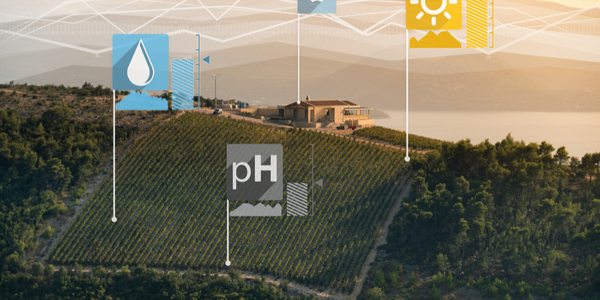
Case Study
Intelligent Farming with ThingWorx Analytics
Z Farms was facing three challenges: costly irrigation systems with water as a limited resource, narrow optimal ranges of soil moisture for growth with difficult maintenance and farm operators could not simply turn on irrigation systems like a faucet.
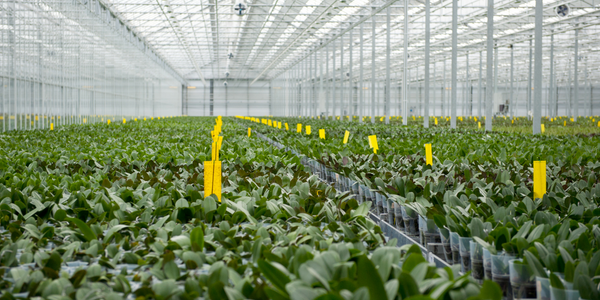
Case Study
Greenhouse Intelligent Monitoring and Control Solution
Farming Orchids is the most successful form of precision farming in Taiwan, and also the most exported flower. Orchids need a specific temperature and humidity conditions to grow and bloom, and its flowering time may not be in line with market demands, so the price collapses when there is overproduction. Therefore, some farmers began to import automated greenhouse control systems for breeding and forcing, which not only improves quality, but also effectively controls the production period and yield to ensure revenue. In 2012, an orchid farmer built a Forcing Greenhouse of about 200 pings (approximately 661 Square Meters) in Tainan, Taiwan. The system integrator adopted Advantech’s APAX-5000 series programmable automation controllers to build the control platform, coupled with Advantech WebAccess HMI/SCADA software, to achieve cloud monitoring. The staff of the orchid field can monitor important data anytime via smart phone, iPad, and other handheld devices, and control the growth and flowering conditions. System requirements: In the past, most environmental control systems of orchid greenhouses in Taiwan used PLCs (Programmable Logic Controller) with poorscalability and control, and could not be connected to the Internet formonitoring from the cloud. For advanced database analysis and networking capability, the PC platform must be adopted. Therefore, PAC Systems (Programmable Automation Controller) with both PLC programming capabilities andPC functions is a better choice.The environmental control of the Orchid greenhouse switches on and off devices like fan, shade net, cooling/heat pump, liquid flow control, water-cooling wall etc. It is controlled by a control panel of electric controllers, and is driven by a motor, to adjust the greenhouse temperature, humidity, and other environmental conditions to the set parameters.
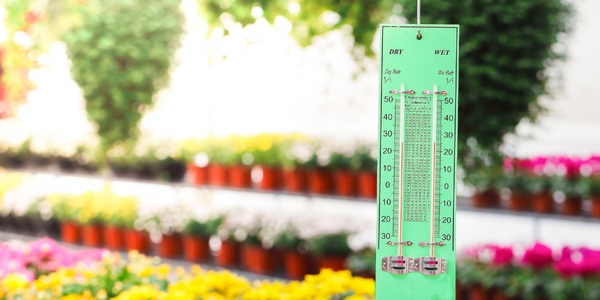
Case Study
Precision beekeeping with wireless temperature monitoring
Honeybees are insects of large economic value and provide a vital service to agriculture by pollinating a variety of crops. In addition, bees provide us with valuable products such as honey, beeswax, propolis, bee venom, etc. Monitoring of honeybee colony health, population, productivity, and environmental conditions affecting the colony health have always been exceedingly difficult tasks in apiculture. Research has shown that even small deviations (by more than 2°C) from the optimal temperatures have a significant influence on the development of the brood and the health of adult bees.
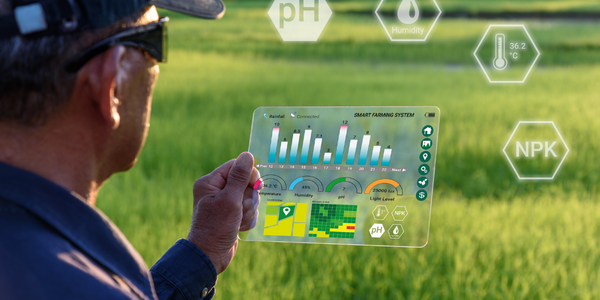
Case Study
Enabling Internet of Things Innovation in Agriculture
DigiBale, wanted to apply technology know-how and IP from implementations successfully to more agriculture sectors including cotton, forestry, sugarcane and cattle. However, farmers and growers still have worries about the connected technology.








